How to Grow Potatoes at Home

Potatoes are a great introductory vegetable for new gardeners since they're easy to prepare and grow!
Potatoes are easy to grow in a home garden and one plant will produce a multitude of potatoes. (Take it from me, I know.) All varieties of spuds are easy to grow and can be grown in containers or raised beds. Here are some tips to help you know how to grow potatoes. Follow these and you’re almost guaranteed an abundant harvest this year!
This isn't just for realtors, y'all. While the actual potatoes grow beneath the soil, there is a green plant (a vine for sweet potatoes) that grows above the soil which needs plenty of sunlight. Select a location that is in full sun (6+ hours per day) for best results. Not sure which areas of your yard get the best sun? Try making a Sun Map of your yard, and you'll always know the best place to grow full sun, low sun, and shade loving plants.
Potatoes can be successfully grown in traditional in-ground gardens, in buckets, stacks of tires (though I have reservations about what's in those tires), special grow bags, barrels, raised beds, or any type of container that can hold soil and is at least 1 foot deep. Get creative when you consider how to grow potatoes. For the past several years, I have grown mine in containers instead of directly in my raised beds. This saves me space in the raised beds for plants that don't do as well in containers. In fact, there are special bags just for growing potatoes, so they can be harvested as the plant grows. Amazing! I haven't tried them yet, but my neighbor has enjoyed using grow bags for her tomato plants. If you've used them, comment below and let me know what you thought about them.
The type of potatoes you use for planting are called seed potatoes. While I have had some friends who have had success using potatoes from their grocery store bagged variety, I like to head to our downtown hardware store and see the different varieties available there. Some varieties purchased at your local grocery store have been treated with growth retardant to prevent them from sprouting. (If you want to try those from the grocery store, stick with an organic variety, since they shouldn't have been treated.) For your other seed potatoes, start with organic, certified disease-free seed potatoes purchased from a garden supply center or seed catalog. Southern Exposure Seed Exchange is one of my favorite places to purchase seeds, and they have a great variety!
Seed potatoes need to be cut and dried prior to planting. When you pick out your seed potatoes, choose the ones that have the most eyes. Eyes equal plants. Cut large tubers into 3-4 pieces, making sure each piece has at least 1 ‘eye’ (sprout). Any tubers that are smaller than a golf ball can be left whole.
Potatoes grow best in loose, well-draining soil. A mixture of 50 percent soil and 50 percent compost is ideal to provide drainage, nutrition, and prevent soil compaction for growing spuds. My DIY Potting soil is perfect for in-ground gardens, raised beds, or any type of container you may be using. The potatoes need the loose soil for growing those new spuds!
Plant potatoes 3 weeks prior to last predicted frost date for your area. Potatoes need a bit of cool weather to grow well, since they don't produce as well in the sweltering days of summer. To plant your potatoes, dig a hole 6 inches deep and place 1 seed potato cut side down (eyes facing upward) into hole. Gently cover tuber and water well. Space planting holes 2 feet apart. If you're working with a container, don't fill it all the way up. Instead make sure your container has 6-8 inches of space at the top after the tuber has been planted. This will give you room to "hill" your potato plant as it grows. You can also make potato towers, like Garden Know How, for a larger harvest.
Small, new potatoes can be harvested when the plant flowers. To dig up the plant and potatoes in one large harvest, wait until plants die for large, mature potatoes. Harvesting new potatoes is a great way to enjoy some of your labor while the plant is still growing. My grandmother would always do this so we could have some new potatoes in with a pot of fresh green beans. Delicious!
For tips on handling hilling of potato plants and the pesky potato beetle, see my full post link below.
Enjoyed the project?

Comments
Join the conversation
-
 Di
on Feb 24, 2019
Di
on Feb 24, 2019
I plant sweet potato vine every year.....I buy one flat and by summers end, my yard is filled with pots and areas of beautiful almost day glow green leaves. Living in NY my summer vines end around early October.....when I dig them up I have huge sweet potatoes some bigger than a cantaloupe. I have been told they are not edible......what makes them different than a new potato vine?
-
-
 Teresa
on Feb 24, 2019
Teresa
on Feb 24, 2019
Yes I have a full sun area and this looks great for be to grow my own posted because I cook with alot of them verse's the box potatoes.. I'd rather use fresh... As an environmentalist..I will most likely do this very thing... Thanks for the idea simplified.....
-
 Courtney |The Kitchen Garten
on Feb 24, 2019
Courtney |The Kitchen Garten
on Feb 24, 2019
You're very welcome, Teresa!
-
-



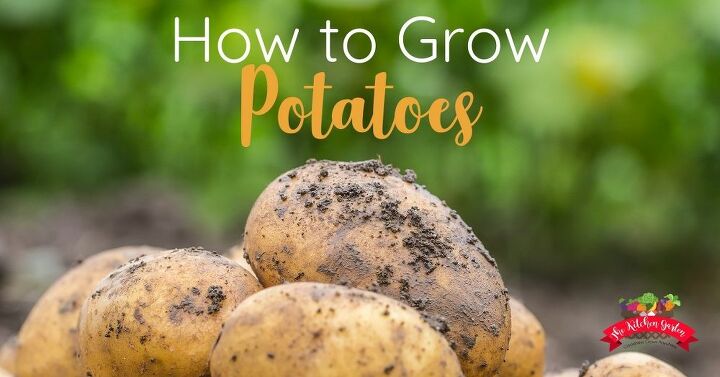






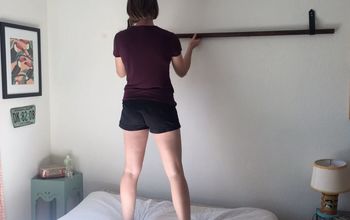





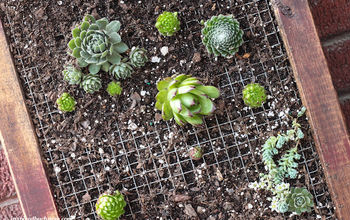




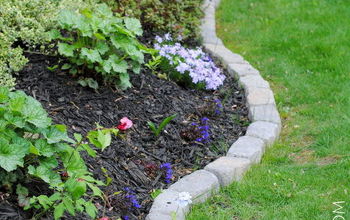




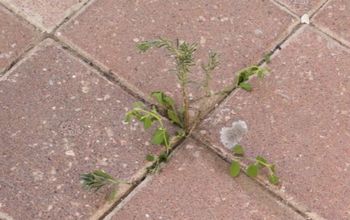
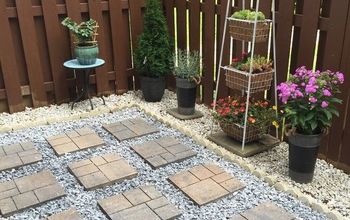



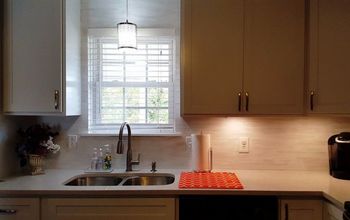
Frequently asked questions
Have a question about this project?